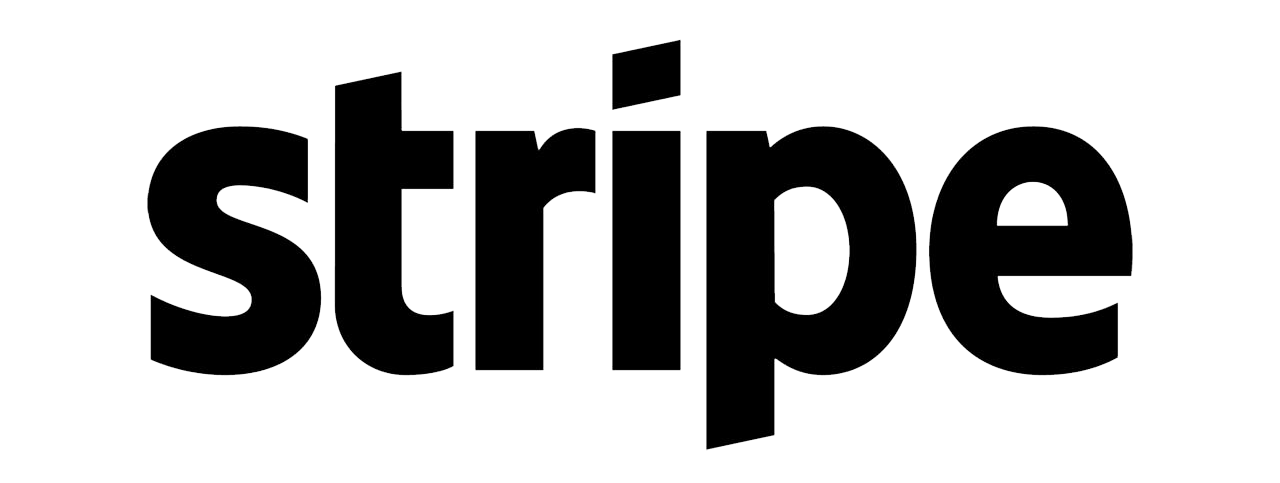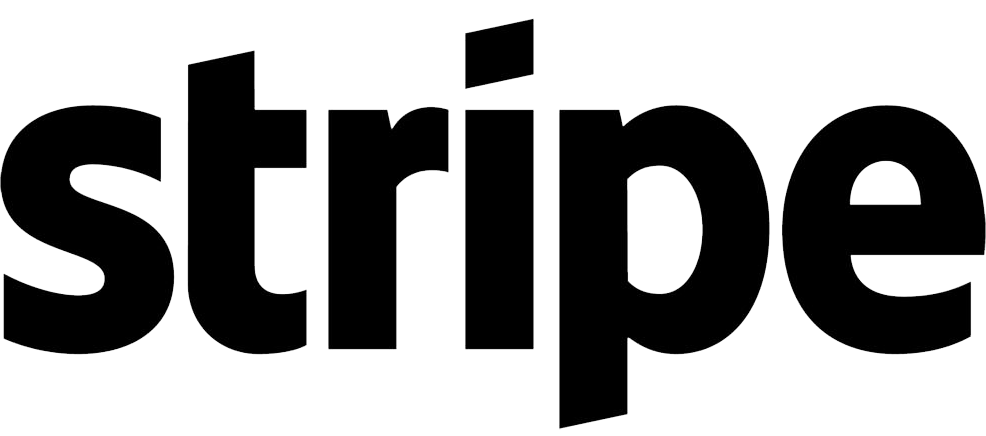Annual Industry Report
previously “State of Machine Translation”
The State of Translation Automation 2025
We analyze the latest advances in translation automation and show how AI verifies and improves translations to meet specific business and technical requirements.
Why read the report:
- Identify top-performing translation solutions for your language pairs
- Improve end-user satisfaction and adoption of multilingual systems
- Get concrete guidance to align translation strategy and tooling with your business and technical requirements








Key highlights:
We evaluated full-text translations from Neural Machine Translation (NMT) and Large Language Models (LLMs) across five dimensions: general translation quality, terminology, tone of voice, formatting (tag handling), and full-text consistency.
Expert linguists conducted language quality assessment (LQA) to compare top AI models, professional human translations, and a multi-agent workflow involving Translator, Reviewer, and Post-Editor agents working across those five dimensions.
You’ll learn:
- Why requirements-based customization is no longer optional—and how customizing terminology, tone, formatting, and consistency delivers 5–10x fewer errors than baseline.
- How multi-agent workflows win across languages by utilizing glossary checks, tone adjustment, and automated post-editing.
- How pricing is shifting for translation-focused LLMs vs. traditional NMT — and what it means for cost, timelines, and vendor choices.
- …and more.
Key highlights:
We evaluated full-text translations from Neural Machine Translation (NMT) and Large Language Models (LLMs) across five dimensions: fluency, grammar, terminology, tone of voice, and formatting (tag handling).
Expert linguists conducted language quality assessment (LQA) to compare top AI models, professional human translations, and a multi-agent workflow involving Translator, Reviewer, and Post-Editor agents working across those five dimensions.
You’ll learn:
- Why requirements-based customization is no longer optional—and how customizing terminology, tone, formatting, and consistency delivers 5–10x fewer errors than baseline.
- How multi-agent workflows win across languages by utilizing glossary checks, tone adjustment, and automated post-editing.
- How pricing is shifting for translation-focused LLMs vs. traditional NMT — and what it means for cost, timelines, and vendor choices.
- …and more.
Evaluated MT engines and LLMs
MT Engines
LLMs
Explore the latest updates to the MT market
Solutions
Integrations
Services
Resources